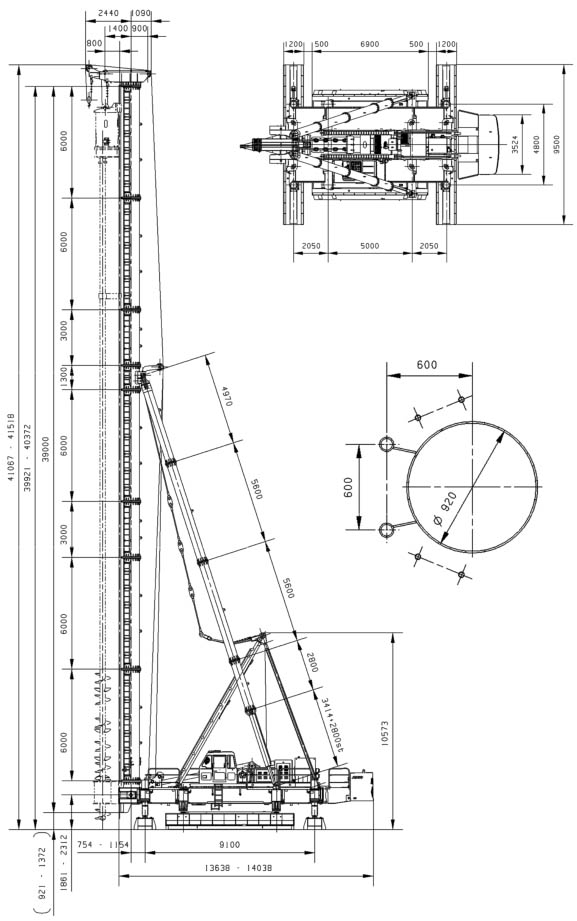Introduction:
From towering skyscrapers to sturdy bridges, modern engineering marvels owe their stability and structural integrity to one of the construction industry's most essential techniques: pile drilling. Pile drilling plays a crucial role in laying a foundation that not only supports heavy loads but also provides resistance against seismic activities. In this blog, we will uncover the true potential of pile drilling and its significance in construction projects.
Understanding the Basics:
Pile drilling, also known as foundation piling, involves creating deep, vertical holes in the ground and filling them with reinforced concrete or steel piles. These piles are strong cylindrical structures capable of transferring the load from the superstructure to the soil or rock layers beneath. The process requires specialized equipment, such as pile drivers and drilling rigs, to penetrate and stabilize the ground effectively.
Enhancing Load-Bearing Capacity:
Pile drilling significantly contributes to increasing a structure's load-bearing capacity. By distributing the load over a larger area, piles reduce the risk of soil settling and sinking. Different types of piles, including driven piles, cast-in-place piles, and bored piles, are chosen based on the project requirements and soil conditions. The engineering expertise of professionals helps determine the most suitable choice for each construction project.
Adapting to Challenging Soil Conditions:
One of the remarkable aspects of pile drilling is its ability to adapt to challenging soil conditions. It enables construction in areas with weak or unstable ground, such as sandy or swampy soils. Pile drilling provides the necessary stability to support structures where conventional foundations are impractical or insufficient. Areas prone to seismic activities also require pile foundations to withstand ground movements effectively.
Preventing Soil Erosion and Landslides:
In hilly or sloping terrain, pile drilling proves invaluable in preventing soil erosion and landslides. The deep insertion of piles into stable rock layers ensures a secure foundation that can withstand the forces acting upon it. By reducing the risk of landslides, pile drilling plays a crucial role in protecting both infrastructure and human lives, especially in areas prone to natural disasters and adverse weather conditions.
Longevity and Durability:
Structures built using pile drilling techniques exhibit superior longevity and durability. Piles not only provide a robust foundation but also act as a protective barrier against soil moisture, corrosion, and other external elements. Many historic buildings and landmarks stand proudly today, thanks to the reliable foundation provided by pile drilling.
Conclusion:
Pile drilling is so much more than creating holes in the ground. It is the backbone of construction, enabling structures to rise higher, last longer, and withstand numerous challenges. With its ability to adapt to different soil conditions and enhance load-bearing capacity, pile drilling has become an indispensable technique in modern construction. Whether it's a towering skyscraper, a sturdy bridge, or vital infrastructure projects, the strength and stability provided by pile drilling shape our built environment for generations to come.

Post time: Jun-29-2023

 한국어
한국어